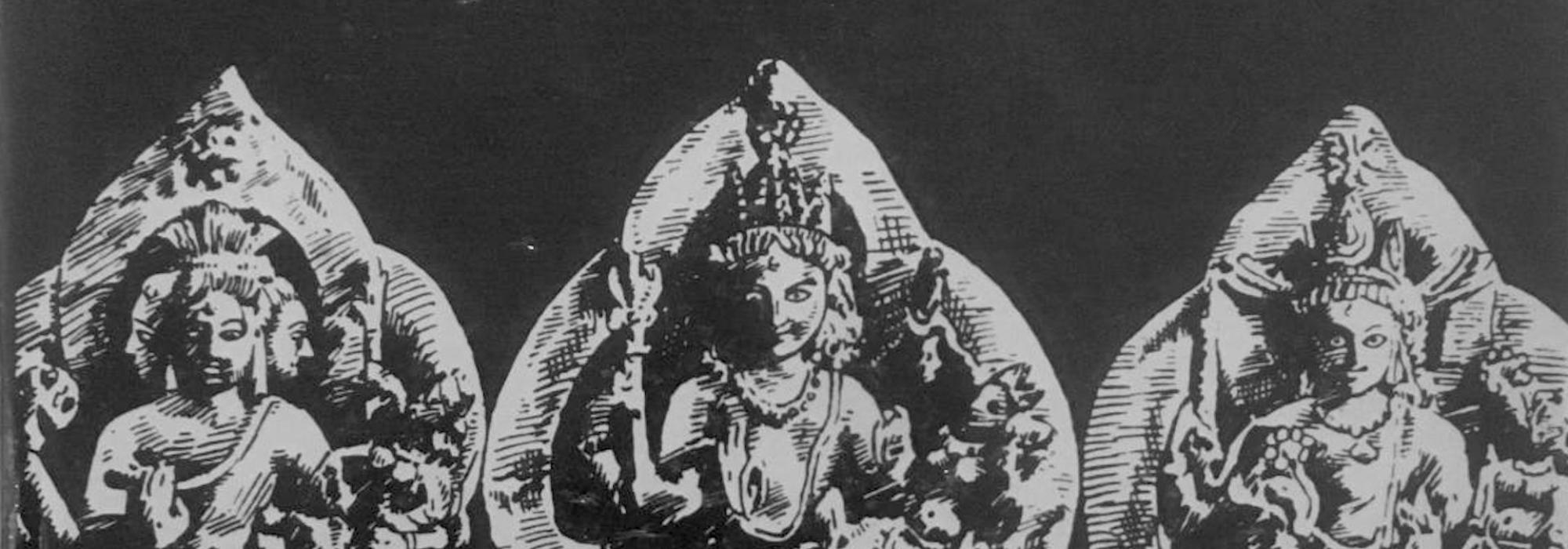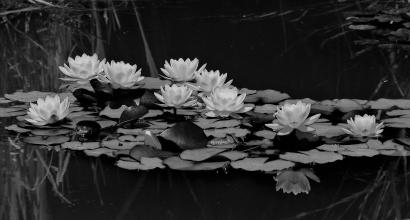It’s true that the Indian tradition of Kshatra has witnessed several ups and downs and hundreds of incidents of defeats and death. In reality, our Rajas and Maharajas and other towering Kshatriya warriors, owing to their near-sightedness, misplaced generosity, and needless pride lost their respect, wealth and culture to the forces of barbarism. At times, some of these kings turned out to be selfish, narrow-minded and were fatal to Sanatana Dharma. At other times, they became addicted to depraved vices and played right into the hands of sweet-tongued enemies and became a nightmare to their own citizens.
In spite of all these defects, they have for the most part, genuinely attempted to do good by Sanatana Dharma. And they have largely met with success. Besides, this phenomenon is not unique just to Hindu kingdoms and empires in Bharatavarsha. If we examine the record of any large empire and long-lasting dynasty anywhere in the world, we observe similar crests and troughs. The maximum longevity of any great empire throughout world history is at most two hundred or two hundred and fifty years. This is about three or four times longer than the average lifespan of a typical human being. Further, even within this duration, the period of glory is even shorter. No country’s history is an exception to this.
Given this, a two-pronged problem arises in all such cases: when a kingdom is small, the fear of external enemies is always present; when it grows to a massive extent, the fear of internal enemies comes into play. In both cases, the forces of Raga (desire, greed, avarice) and Dwesha (malice, jealousy, enmity) are paramount. In spite of this, in the realm of internal enmity, the supremacy of these forces is far more intense. A country’s natural resources, economic prosperity, and the courtesy and friendly nature of its people is quite obviously attractive to those looking to migrate from elsewhere. In several instances, the selfsame courtesy and refined culture in the people of such prosperous countries might lead to their weakening. As a consequence, this sends an intuitive message to migrants that they can use brute force to subjugate these people and gobble up their wealth and resources. The ultimate goal will be to physically conquer that entire country. In this fashion, such external forces will end up becoming raiders and tyrants.
However, they should be endowed with a mindset of gradually understanding and sympathetically responding to the native culture and over time, assimilating with it. On the other hand, if they are innately endowed with an intolerant and cruel mindset (Islam, Christianity, Communism are all built on the foundations of cruelty, intolerance, deceit, and arrogance), a clash between the natives and the invaders is inevitable. In all such cases, might takes precedence over everything. This might encompasses everything: intellect, wealth, nature, culture, and military. Our ancients included all of this and couched it in a single word: “Sree.”
But in spite of having this all-encompassing might, if it is not fused and used with wisdom and awareness, it results in neglect, which in turn causes downfall. This is why Kautilya said, Rajnaam hi vratamutthanam (the daily routine of strength is constant watchfulness). But what does one do when, despite such wise warnings, serious historical mistakes were committed? The defining feature of raw human nature is incompleteness. This is why we get the feeling of Kalhana, author of the great historical work, Rajatarangini:
citraṃ nṛpadvipāḥ pūtamūrtayaḥ kīrtinirjharaiḥ।
bhavanti vyasanāsaktipāṃsusnānamalīmasāḥ॥ (5-164)
Aha! The life of these haughty elephants known as kings! They bathe in the river of their crystalline fame and become pure; simultaneously, they pour the mud called vices on their body and become impure.
In spite of all this, we must not abandon our chief aim and ideal. This continues to flow in the veins of Sanatana Dharma akin to the invisible Saraswati River. When we regard it from this standpoint, no Rasa has any essence unless it culminates in the Shanta (Peace) Rasa. Thus, Artha and Kama must find their home in Dharma and Moksha. In the same manner, the Veera – Raudra, and Shrungara – Bhayanaka Rasas must find their repose in the Shanta Rasa. The selfsame Kalhana says this as follows:
kṣaṇabhaṅgini jantūnāṃ sphurite paricintite।
mūrdhābhiṣekaśśāntasya rasasyātra vicāryatām॥ (1-23)
The world and all creatures in it are so momentary! Thus, when we contemplate on history in an integral spirit, the inevitable supremacy of detachment and peace flashes in our mind.
Thus, we must deeply study the Indian tradition of Kshatra with an attitude of a Vrata (Sacred Vow) and a mindset of love and adoration and labour in this direction till we reach fatigue. We must not feel disheartened at our historical losses and deaths and proceed to realize Karma Yoga in this effort. We must worship our Rashtra. In the same vein, when we record our history, we must be free from the forces of Raga and Dwesha.
We can turn to Kalhana again who lays down this ideal like a diktat:
ślāghyaḥ sa eva guṇavān rāgadveṣabahiṣkṛtaḥ।bhūtārthakathane yasya stheyasyeva sarasvatī॥ (1-7)
We must transcend the feelings our individual varnas and sect, we must disregard desires of personal profit and ego and regard Bharatavarsha solely from an attitude of Sattva. From this, we must evaluate the present-day India and lay a smooth path for its future. Only a complete footing moored in spirituality will bring this kind of wisdom and peace. There are absolutely no alternative methods to this.
At any rate, the mighty river called Bharata’s Kshatra Tradition continues to flow even today. Let us preserve its purity and richness and bathe in its purity every day and elevate our Atma. We can wind up this discourse once again with the Bharatavakya (benediction) of Kalhana’s Rajatarangini:
godāvarīsaridivottumulaistaraṅgair-vaktraiḥ sphuṭaṃ sapadi saptabhirāpatantī।śrīkāntirājavipulābhijanābdhimadhyaṃviśrāntaye viśati rājataraṅgiṇīyam॥
The Godavari River which gushes with massive torrents breaks and expands into seven cleaves when it reaches the sea and shows a single face of a mighty river. In this manner, the mighty river of the Kshatra Tradition which reaches the Inner Ocean of an entire population finds the tranquility of its soul through various ebbs and tides, bends and sways, and astonishes us with its life-nourishing quality.
As the definition, janayaṃti rājānaṃ iti mahājanāḥ says, a Kshatriya is born from among the people. After that, he treats these same people, responsible for his birth, as his own children. In today’s democracy, a leader (typically, head of the country) who no longer needs to undergo active military training must essentially melt and blend within the people. This is the ideal. This is also the suggestion (Dhwani) of the analogy of the river and the sea.
Concluded





































